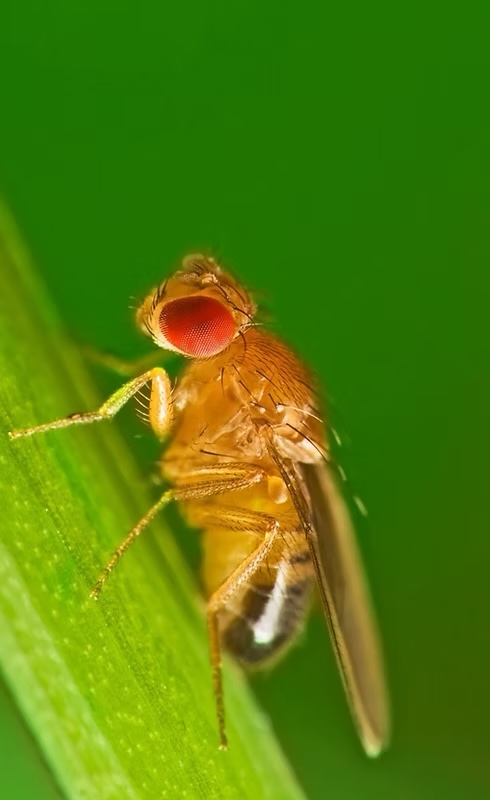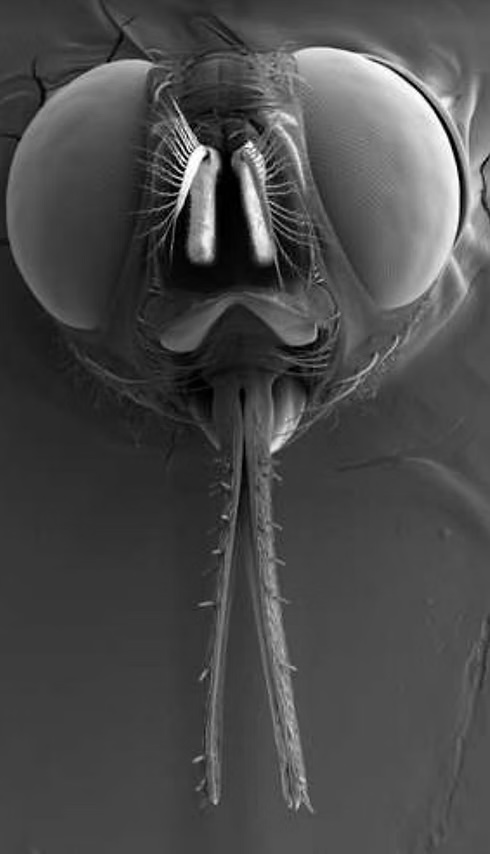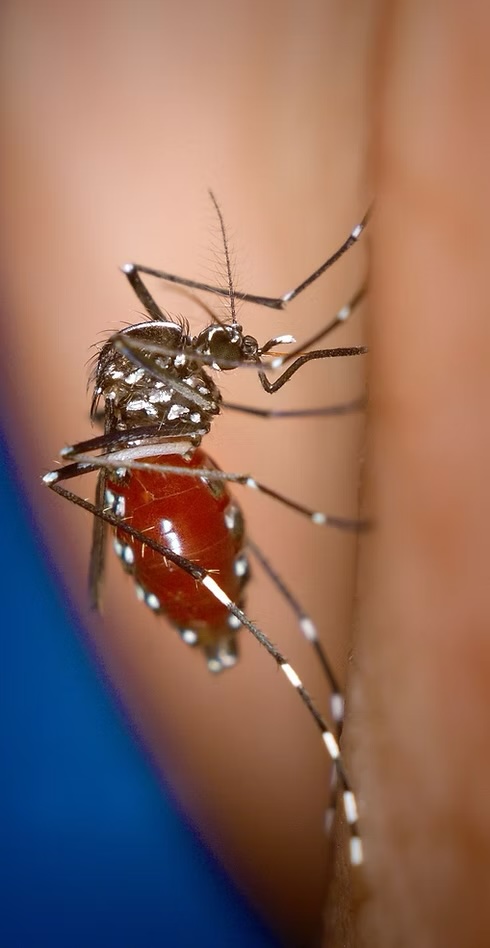Research
Overview
Insects’ ability to sense and react to their environment contributes to the persistence of species. Chemosensation is not only instrumental in insects’ identification of food, mates, and predators, but olfaction in particular is influential to geographical distribution and overall survival. Insect endosymbionts have recently been shown to influence the plasticity of these insect olfactory systems, modifying insect behavior in response to volatile signals. Previous studies have unraveled mechanisms involved in the acquisition, maintenance, and transmission of endosymbionts, and other groups have studied effects of endosymbionts on insect reproduction. Yet, little is known about how endosymbionts directly affect transmissibility of insect-borne diseases through mating-independent mechanisms. Even less is known about which and how endosymbionts impact host-seeking behavior in insect vectors of disease. An investigation of the impact of endosymbionts on insect olfactory systems, particularly in harmful insect vectors of human diseases, is thus required. These findings may be useful in devising new, highly-targeted, environmentally-safe strategies for control of insect pests and/or the diseases they transmit.


Reveal endosymbiont-mediated mechanisms underlying changes to the host olfactory system.
We hypothesize that the modulation of olfactory-guided behaviors is caused by endosymbiont-induced changes in the expression levels of select receptors – ionotropic receptors (IRs) and odorant receptors (ORs) – which sense volatile signals. We will introduce our behavior-altering endosymbionts into each receptor mutant, and test for olfactory-guided behavior. We will observe which receptors, when removed or overexpressed, can restore the insect to baseline conditions, despite the presence of behavior-altering endosymbionts. This analysis will tell us which receptors are being differentially expressed because of these select endosymbionts. We will further probe the molecular mechanism underlying this endosymbiont-mediated olfactory system plasticity and map the signaling pathways by which these bacterial molecules regulate IR and OR expression. Altogether, we will understand how secreted molecules from endosymbionts affect their hosts’ genome.
